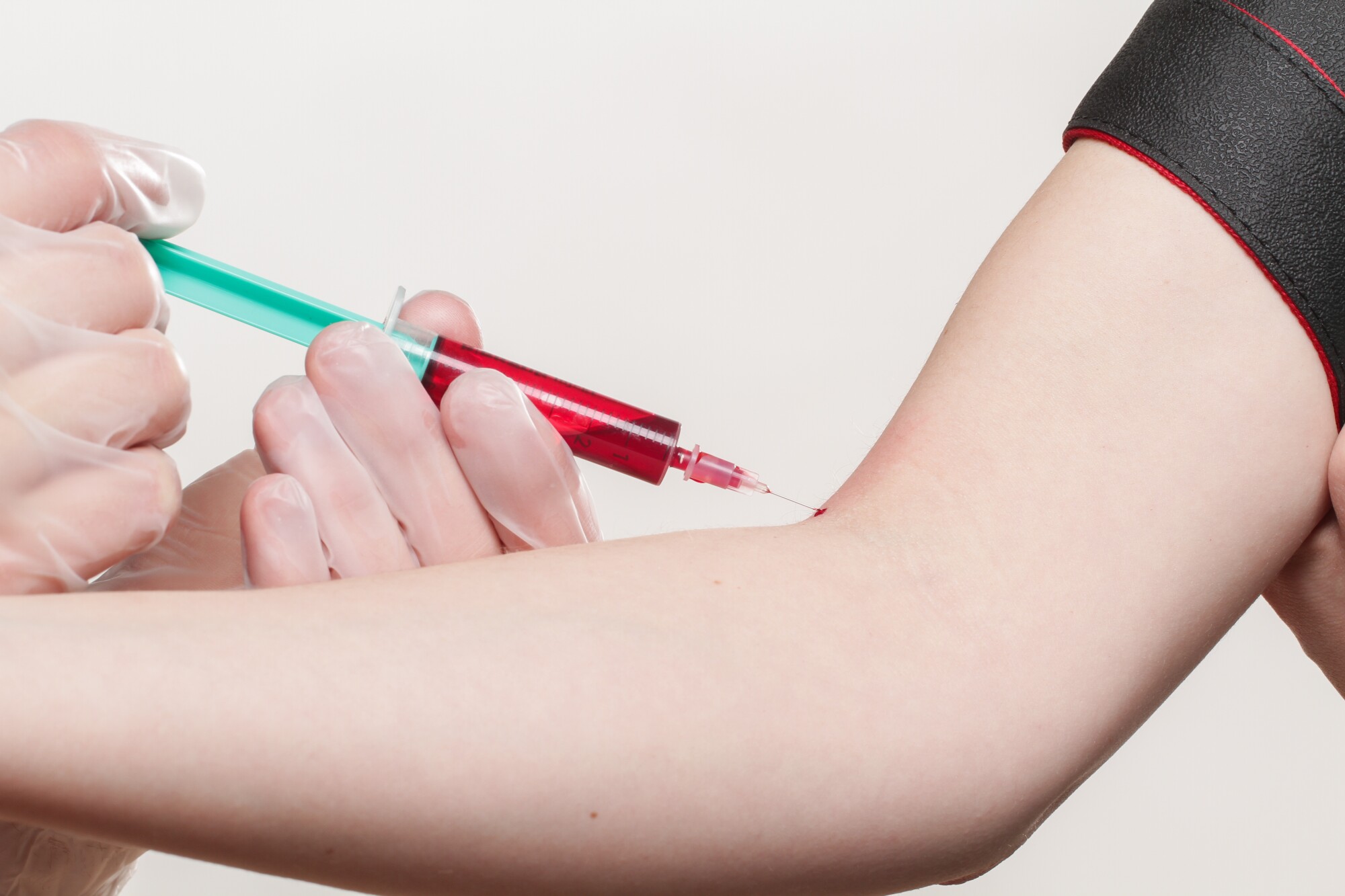Getting My Northeast Medical Institute - New Haven Campus Phlebotomy Course & Cna Class To Work
Getting My Northeast Medical Institute - New Haven Campus Phlebotomy Course & Cna Class To Work
Blog Article
Not known Facts About Northeast Medical Institute - New Haven Campus Phlebotomy Course & Cna Class
Table of ContentsThe smart Trick of Northeast Medical Institute - New Haven Campus Phlebotomy Course & Cna Class That Nobody is Talking AboutNortheast Medical Institute - New Haven Campus Phlebotomy Course & Cna Class Fundamentals ExplainedThe Single Strategy To Use For Northeast Medical Institute - New Haven Campus Phlebotomy Course & Cna ClassThe Facts About Northeast Medical Institute - New Haven Campus Phlebotomy Course & Cna Class RevealedWhat Does Northeast Medical Institute - New Haven Campus Phlebotomy Course & Cna Class Mean?Get This Report on Northeast Medical Institute - New Haven Campus Phlebotomy Course & Cna Class
Nonetheless, the usage of such tools need to be come with by other infection avoidance and control practices, and training in their use. Not all safety and security tools are applicable to phlebotomy. Before choosing a safety-engineered tool, users must thoroughly check out readily available devices to establish their appropriate usage, compatibility with existing phlebotomy methods, and efficacy in safeguarding staff and individuals (12, 33).For setups with reduced sources, expense is a motoring variable in procurement of safety-engineered gadgets. Where safety-engineered devices are not available, experienced use of a needle and syringe is acceptable.
In the blood-sampling area for an outpatient division or facility, offer a comfy reclining couch with an arm remainder.
9 Easy Facts About Northeast Medical Institute - New Haven Campus Phlebotomy Course & Cna Class Explained
Ensure that the indicators for blood sampling are clearly defined, either in a composed method or in recorded directions (e.g. in a laboratory kind). Whatsoever times, comply with the techniques for infection avoidance and control provided in Table 2.2. Infection prevention and control methods. Collect all the tools required for the procedure and location it within safe and simple reach on a tray or cart, making certain that all the things are clearly noticeable.
Where the patient is adult and aware, adhere to the actions outlined below. Present yourself to the individual, and ask the patient to specify their complete name. Examine that the research laboratory form matches the client's identification (i.e. match the patient's information with the lab type, to make sure accurate identification). Ask whether the patent has allergic reactions, phobias or has actually ever collapsed during previous injections or blood attracts.
Make the person comfy in a supine placement (if feasible). The client has a right to refuse a test at any kind of time prior to the blood sampling, so it is vital to make certain that the individual has understood the treatment - CNA Training.
Northeast Medical Institute - New Haven Campus Phlebotomy Course & Cna Class Fundamentals Explained
Extend the client's arm and evaluate the antecubital fossa or forearm. Find a capillary of an excellent dimension that is noticeable, straight and clear.
DO NOT put the needle where blood vessels are drawing away, due to the fact that this boosts the chance of a haematoma. The vein ought to be noticeable without using the tourniquet. Finding the vein will assist in figuring out the proper size of needle. Apply the tourniquet about 45 finger widths above the venepuncture site and re-examine the blood vessel.
Samplings from central lines bring a risk of contamination or wrong research laboratory test outcomes. It is appropriate, but not excellent, to attract blood specimens when first introducing an in-dwelling venous gadget, prior to attaching the cannula to the intravenous fluids.
Rumored Buzz on Northeast Medical Institute - New Haven Campus Phlebotomy Course & Cna Class
Failing to allow adequate get in touch with time increases the threat of contamination. DO NOT touch the cleansed site; in particular, DO NOT place a finger over the vein to assist the shaft of the exposed needle.
Ask the person to form a fist so the veins are a lot more noticeable. Get in the capillary quickly at a 30 degree angle or less, and remain to present the needle along the blood vessel at the most convenient angle of entrance - CNA Classes. When enough blood has actually been gathered, release the tourniquet prior to withdrawing the needle
The Basic Principles Of Northeast Medical Institute - New Haven Campus Phlebotomy Course & Cna Class
Take out the needle gently and apply gentle stress to the site Our site with a tidy gauze or completely dry cotton-wool round. Ask the individual to hold the gauze or cotton woollen in position, with the arm prolonged and increased. Ask the client NOT to bend the arm, since doing so triggers a haematoma.

Northeast Medical Institute - New Haven Campus Phlebotomy Course & Cna Class Things To Know Before You Buy
Do not push the syringe bettor because additional pressure boosts the risk of haemolysis. Where possible, maintain the tubes in a rack and relocate the shelf in the direction of you. Infuse downwards right into the ideal coloured stopper. DO NOT remove the stopper because it will certainly release the vacuum. If the example tube does not have a rubber stopper, inject extremely gradually into the tube as minimizing the stress and velocity utilized to transfer the specimen reduces the danger of haemolysis.

Report this page